Today, Tokyo Haneda Airport is Japan’s largest airport, servicing over 78 million passengers annually as of 2023, and operates as the country’s gateway to the world. The airport spans 1,522 hectares, or 3,761 acres of land, with four runways.
However, just like any other airport in the world, Haneda had its days of infancy. The airport began as a small airstrip before World War 2, and was under American occupation after the surrender of Imperial Japan, from which it expanded into a hub of international travel in Asia. This history is perhaps shown none better than historical aerial images throughout the latter half of the 20th century to today, so I’ve compiled several of them for this post.
Let’s take a look.
1945-1950: Post World War 2
Here’s Haneda Airport after World War 2:
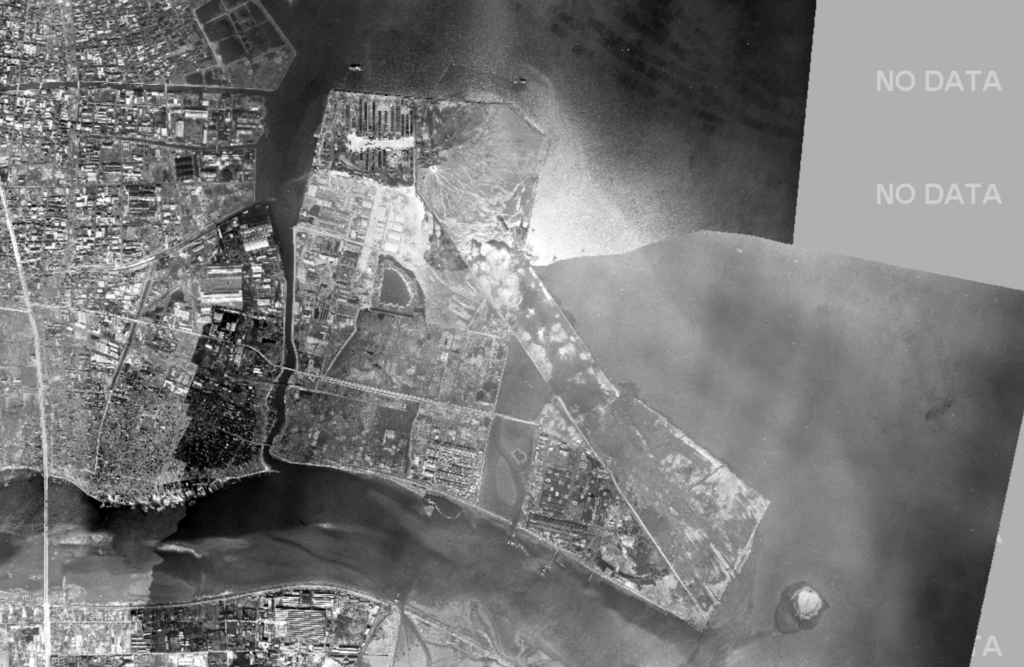
I’ll be the first to admit that I can’t make out much of what I’m looking at in this photo. The original airstrip is supposed to be located in the top section of this manmade island, but much of that is unrecognizable.
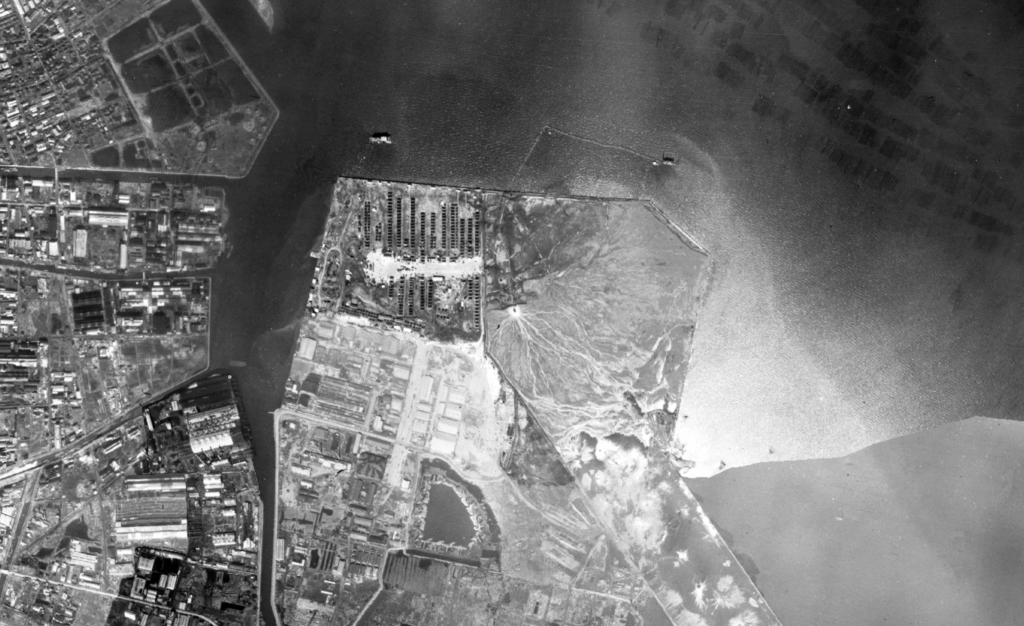
This is a zoomed-in image of the previous photo; the original airstrip is supposed to be around the center.
This photo was labeled “prior to 1950,” suggesting it most likely was taken soon after Imperial Japan’s surrender in 1945. Perhaps parts of the airfield were still damaged from the war.
The US immediately began construction of a larger airfield in this Haneda area, which I believe is what you see on the left-hand side of the airport island.
1960: From US Occupation Back to the Japanese Government
That construction by the Americans was completed soon after. The US military returned the area to the Japanese government in 1952, which became known as Tokyo International Airport (Haneda Airport’s official name). Japan Airlines began passenger service then, marking the beginning of passenger service for the airport. However, the airport lacked a terminal building until 1955.
Compared to the previous image after World War 2, the area looks completely different. Here’s the airport in 1960, several years after the beginning of passenger service:
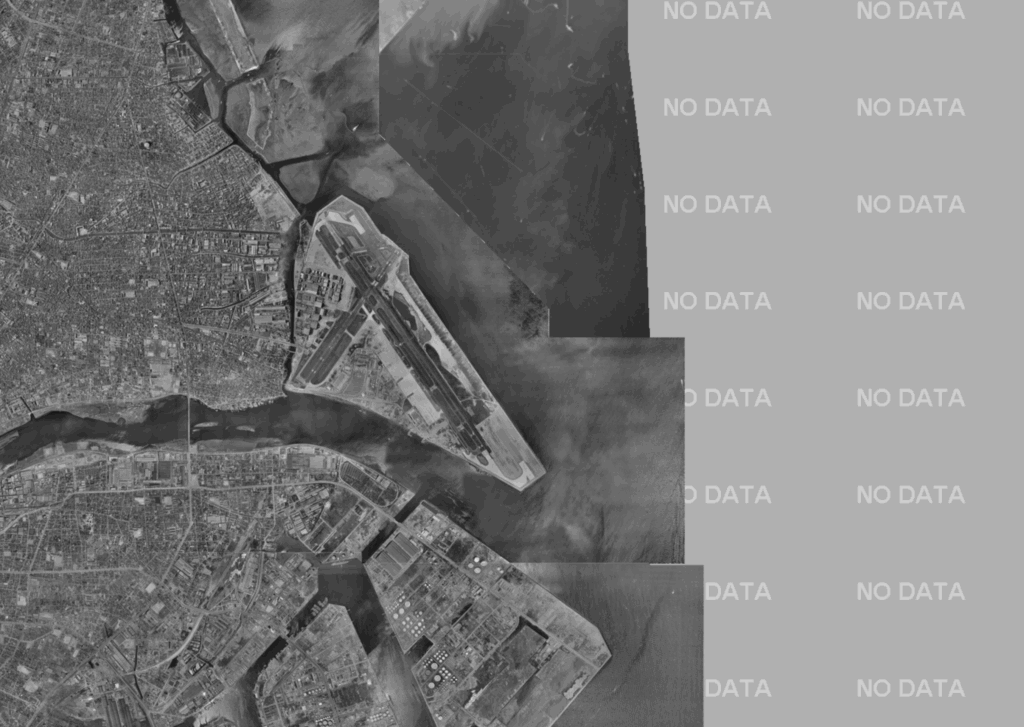
Note that the airport land area was still a small fraction of what it is today. For reference, the bottom end of the runway in the above image going northwest and southeast is where Terminal 3 is today. The areas for Terminals 1, 2, and runways 16R/34L, 16L/34R, and 05/23 are still out in the water.
1978: International Flights Move to Narita Airport
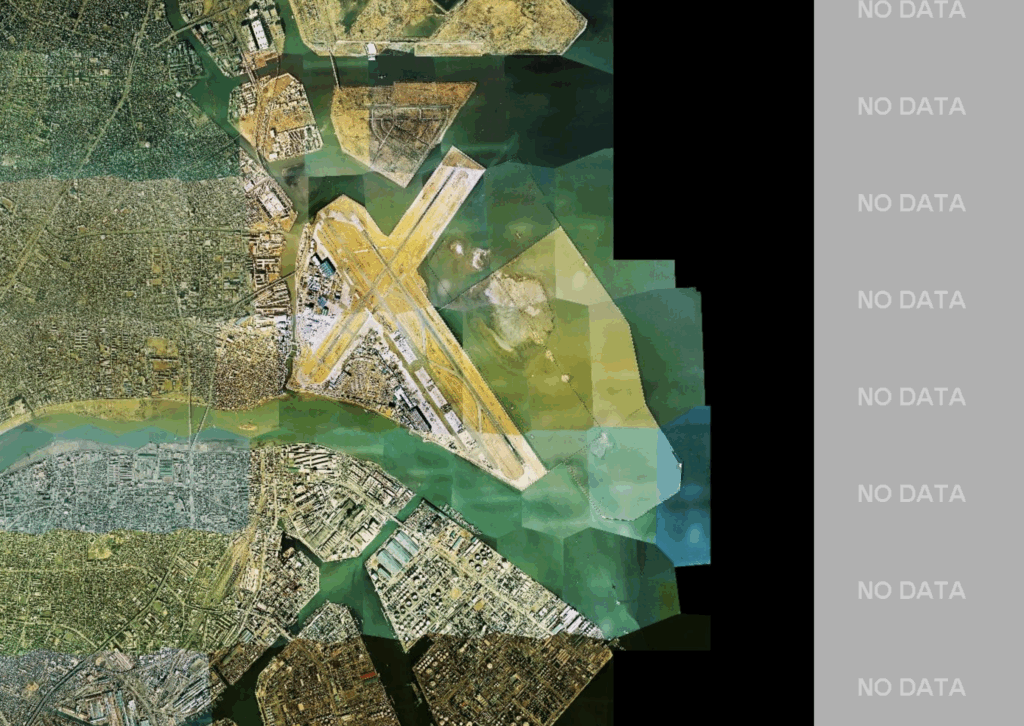
With the completion of Narita Airport east of Tokyo, all international service moved over to Narita from Haneda, with the exception of a few flights. Haneda Airport had maintained its same look for the past 20+ years, and had become limited in space.
Soon after, the Japanese government decided on an expansion plan for Haneda Airport, which would make it the airport we are all familiar with today.
1986, 1990: Airport Expansion
Several years later in 1986, you can start to see the landfill construction to expand the airport:
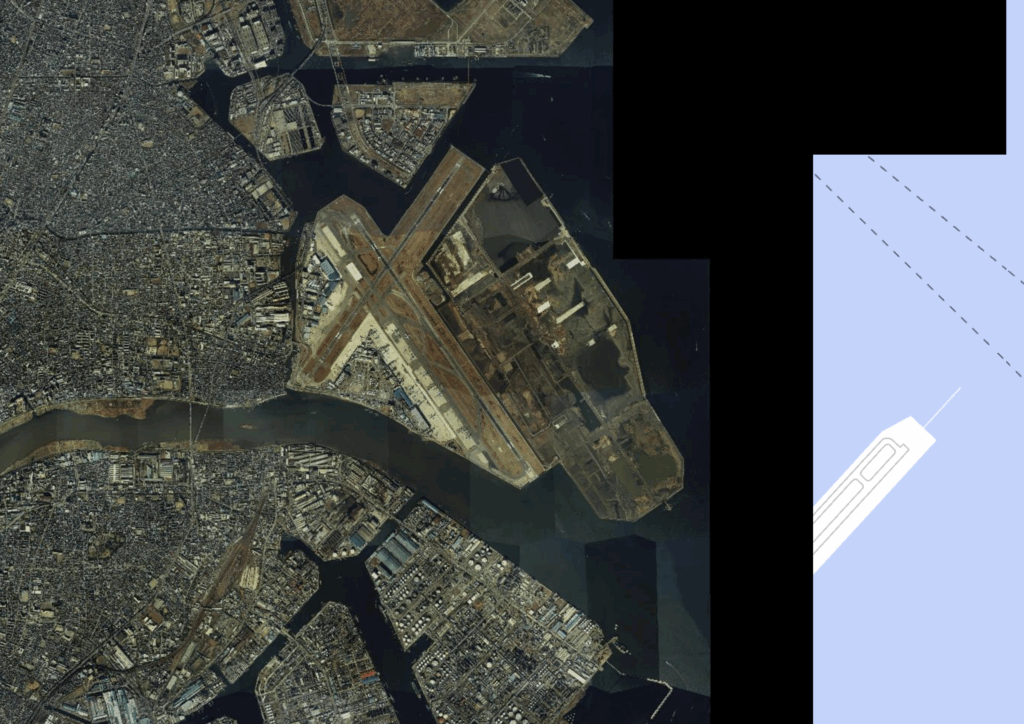
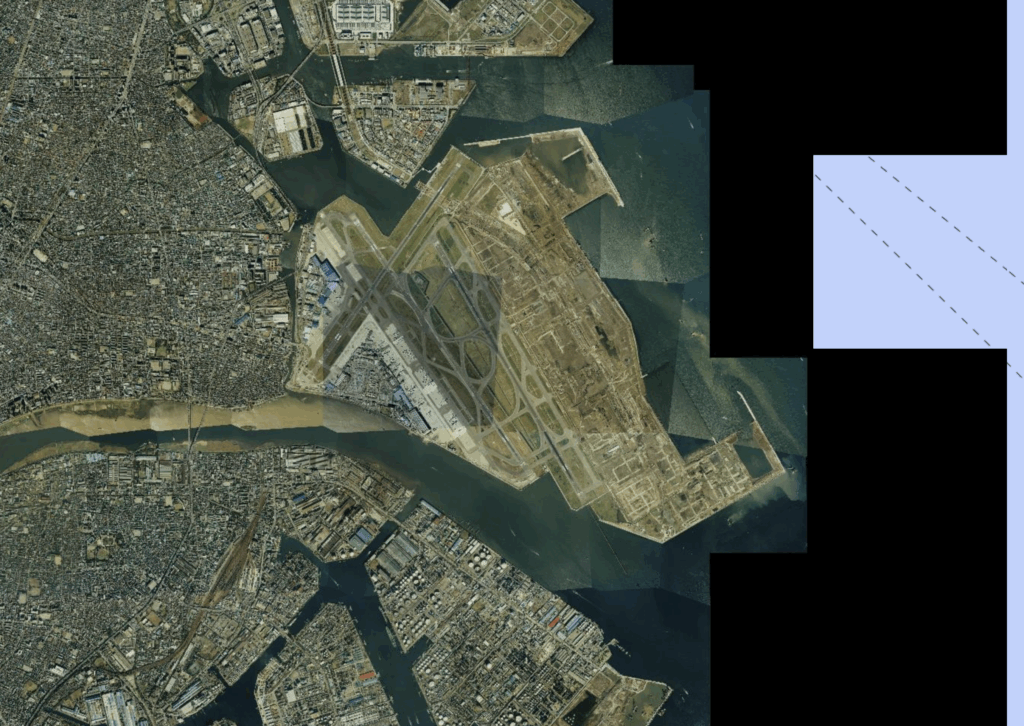
The landfill here is pretty much what the current-day Haneda Airport is, with the exception of runway 05/23, which wasn’t completed until 2010.
The second photo above, taken in 1990, includes the modern-day runway 16R/34L. The original runway to the left of it was eventually demolished.
The Modern Day Haneda Airport
This expansion paved the way for Haneda to become the airport today. Terminals 1 and 2 were opened in 1993 and 2004, respectively. With the opening of Terminal 3, in 2010, Haneda Airport once again began operating international flights, just like the days before Narita Airport.
From what I remember, international operations still took some time to get to the level it is at today. As someone who flew out of Japan a few times a year back then, I still pretty much exclusively used Narita until the latter years of the 2010s. Departing out of Haneda feels so normal now, but it’s really only in the past decade that the airport has become a prime international gateway.
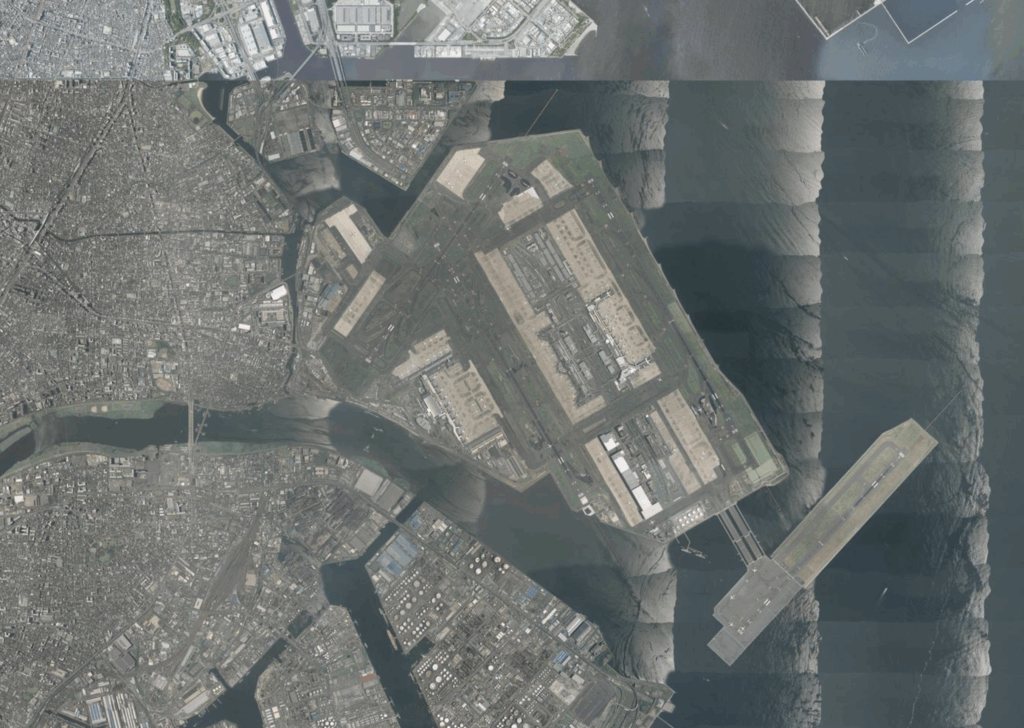
It’s not a perfect airport, either. Today, the airport has expanded to the point where some flights require using bus gates for boarding and deboarding. The lack of parking is also a point of criticism, as lots are most often full.
But as far as getting people in and out of Tokyo, both domestically and internationally, Haneda has done its job as Japan’s largest airport. The little airfield after World War 2 is a distant past.
Featured image by the author.


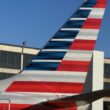

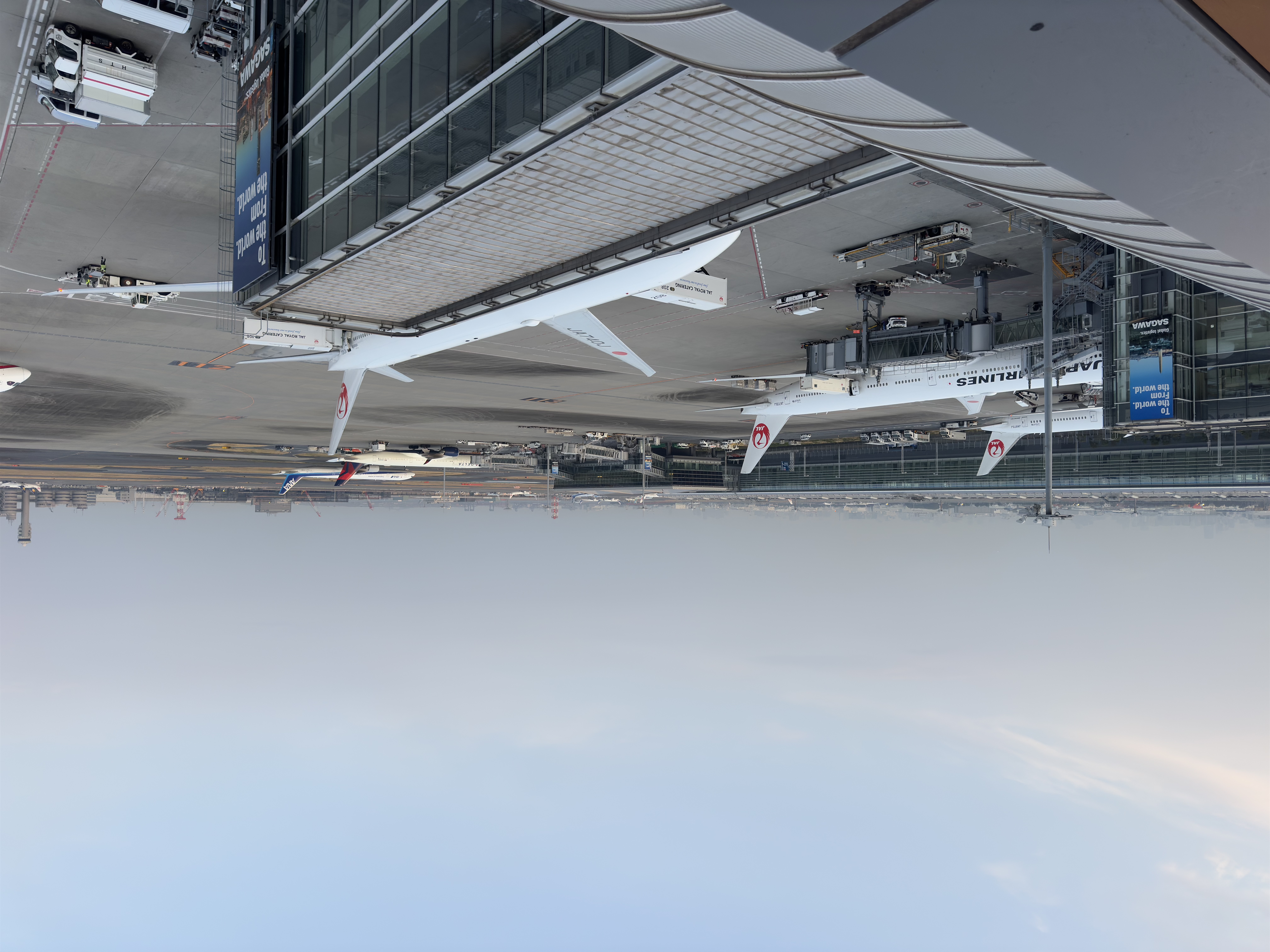




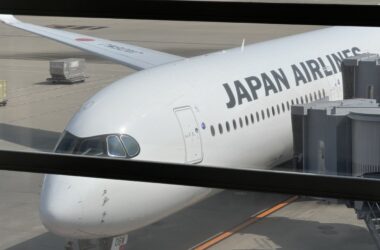
My father was in the Army Corps of Engineers during WWII, located in the Philippines at the time of Japan’s surrender. He was immediately transferred to Tokyo and assigned to the reconstruction of Haneda to facilitate the Allies’ governance of Japan, thereby having to remain in the Army until the end of 1946 to work on that project.